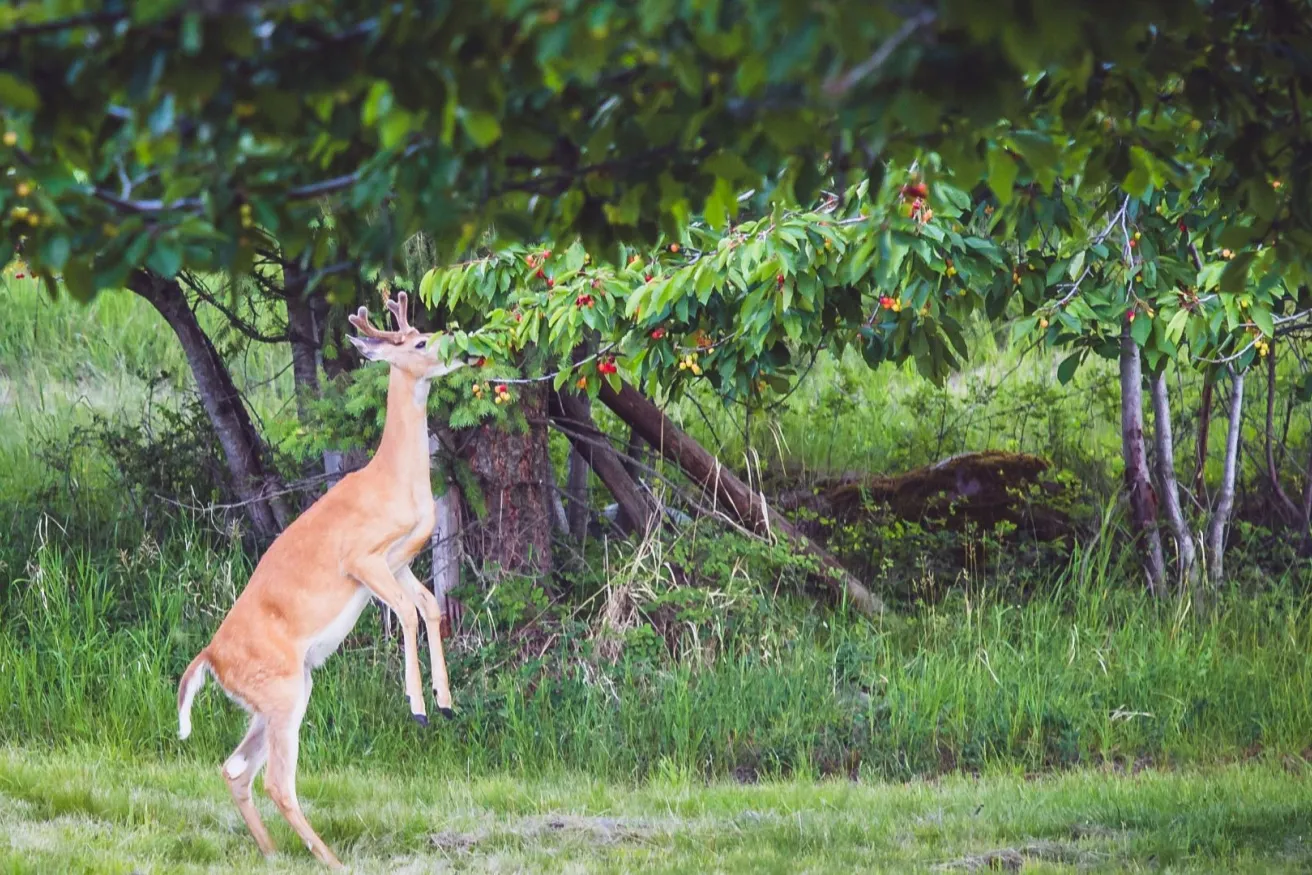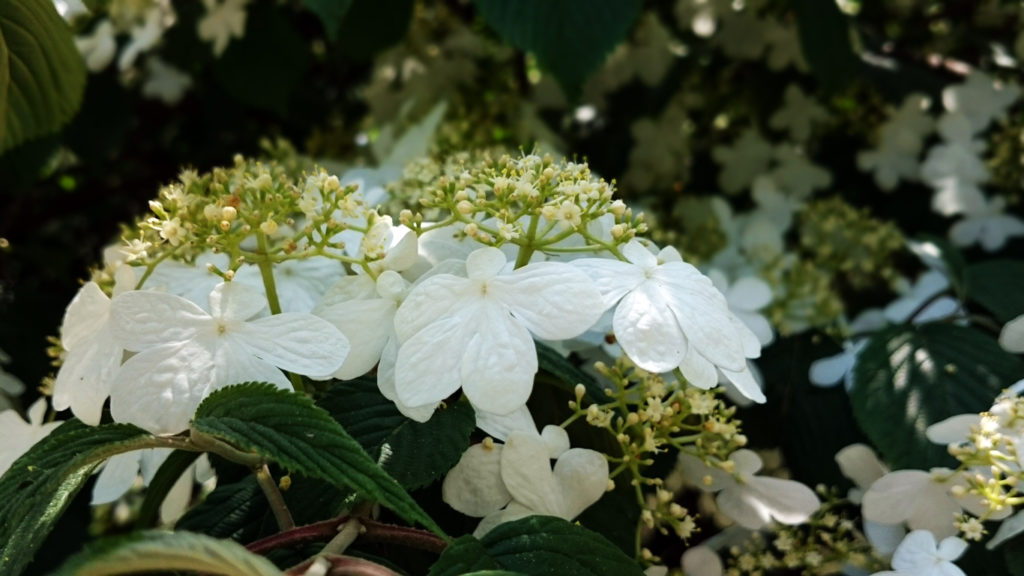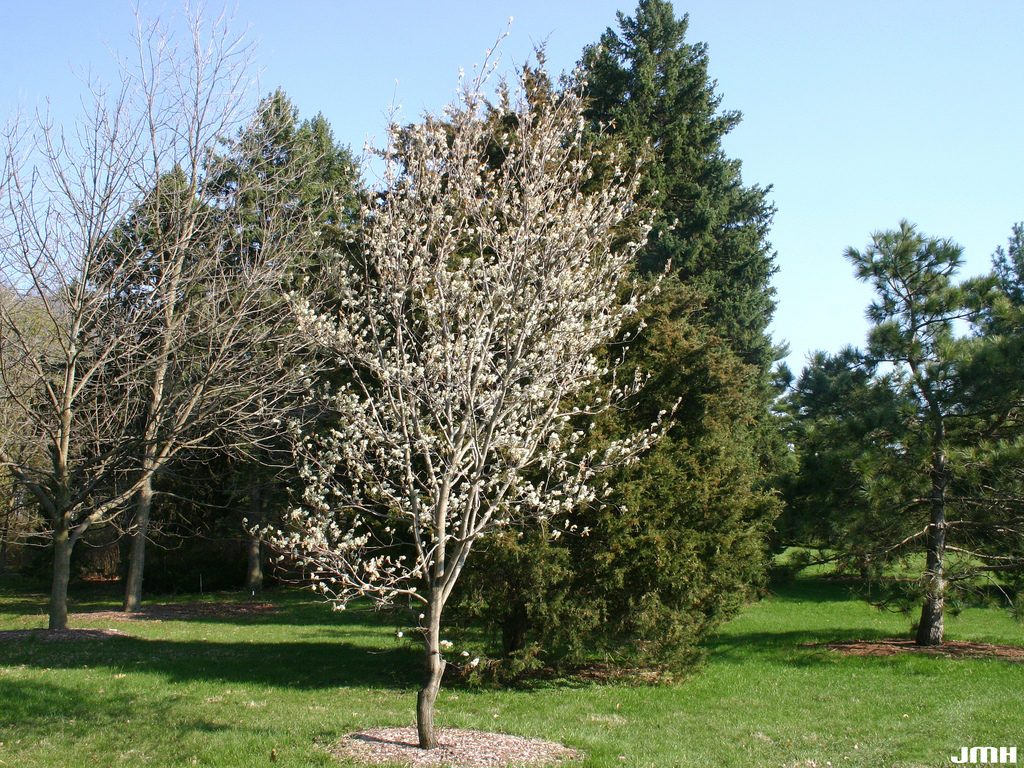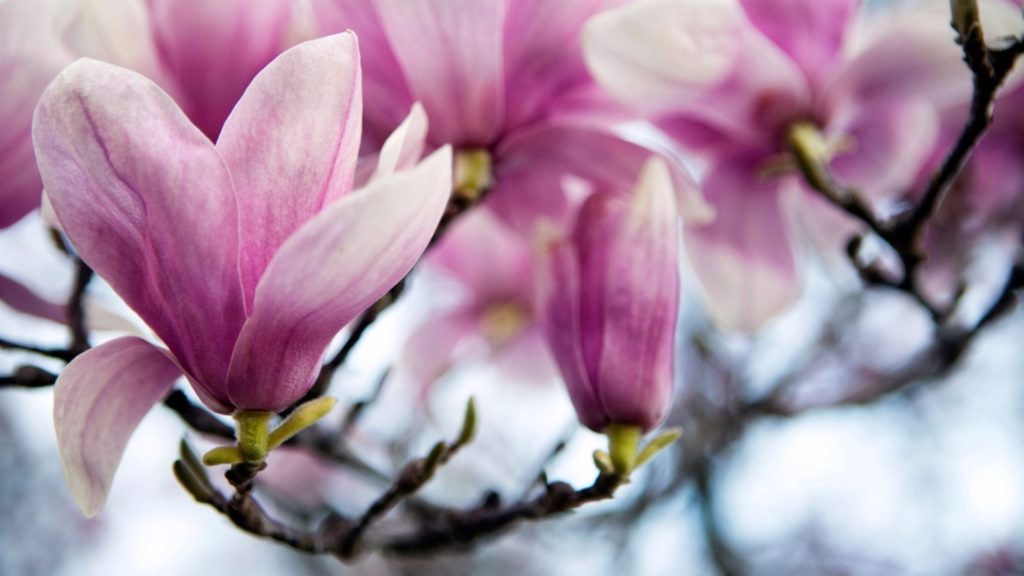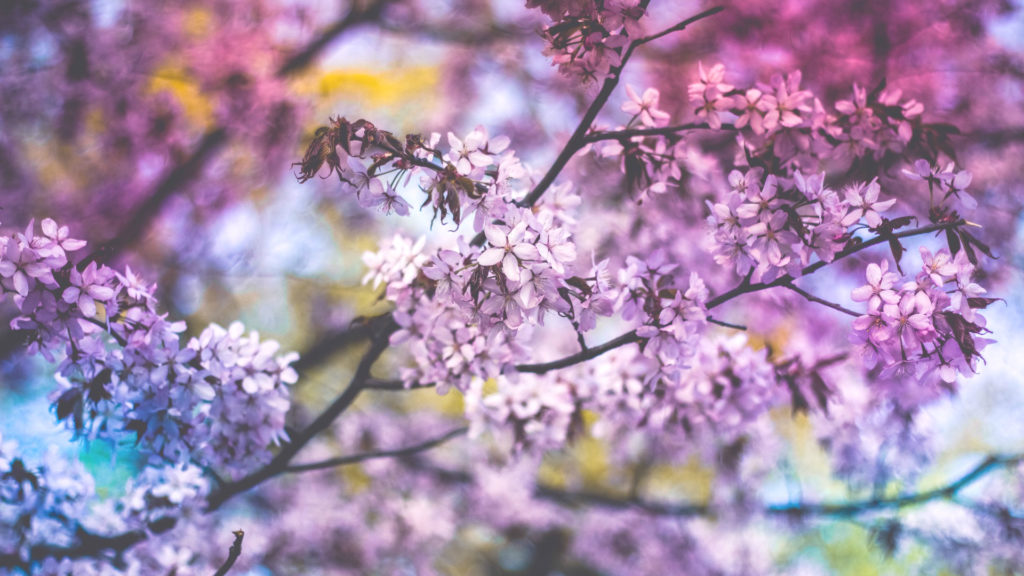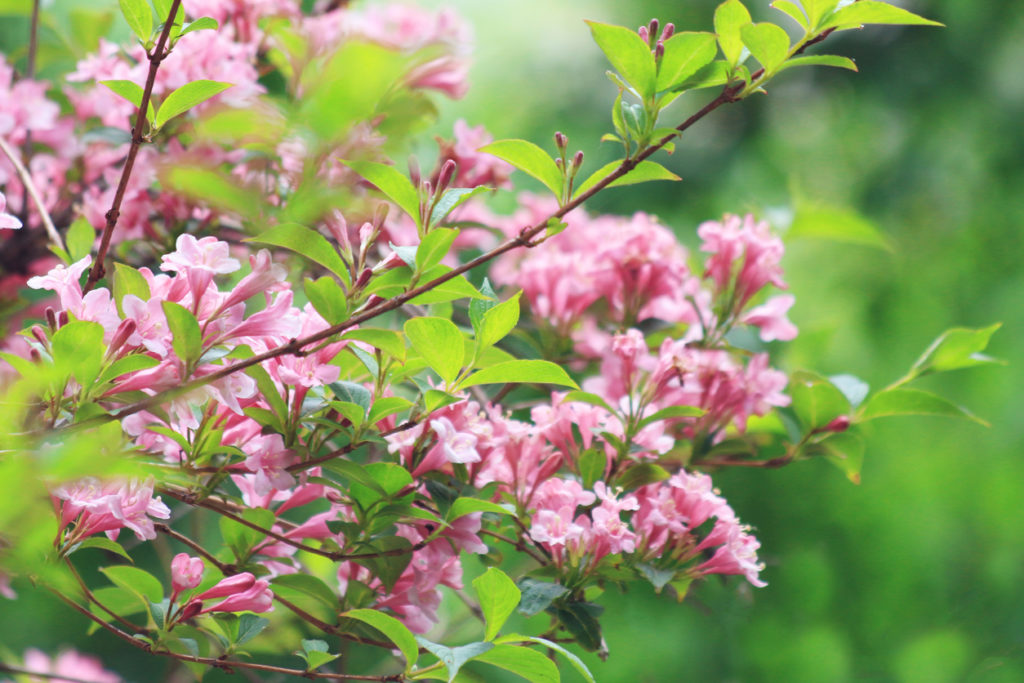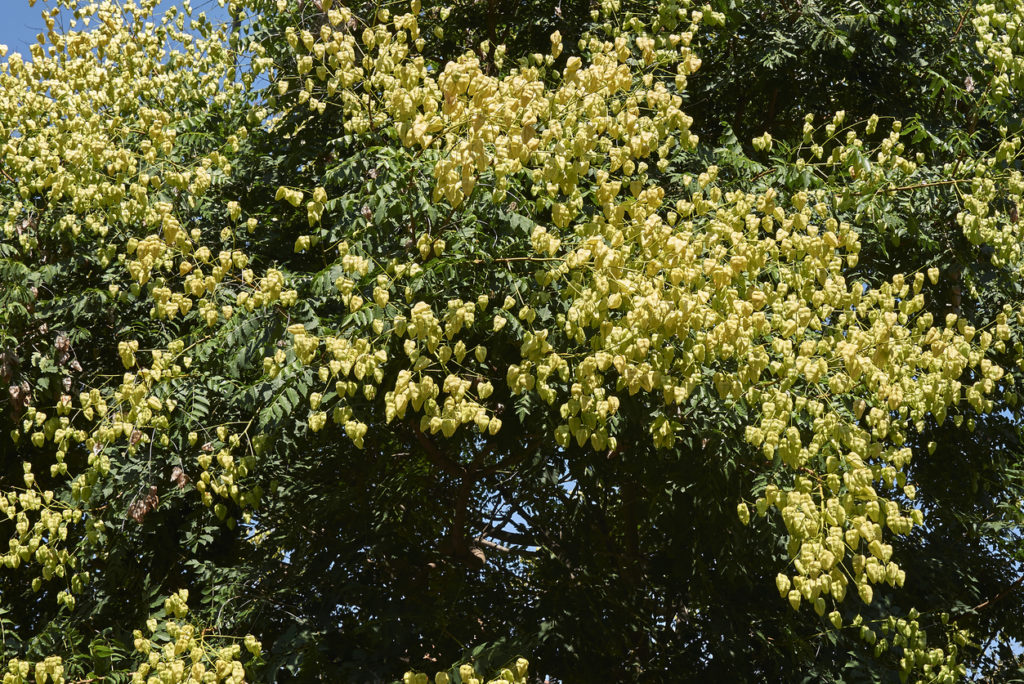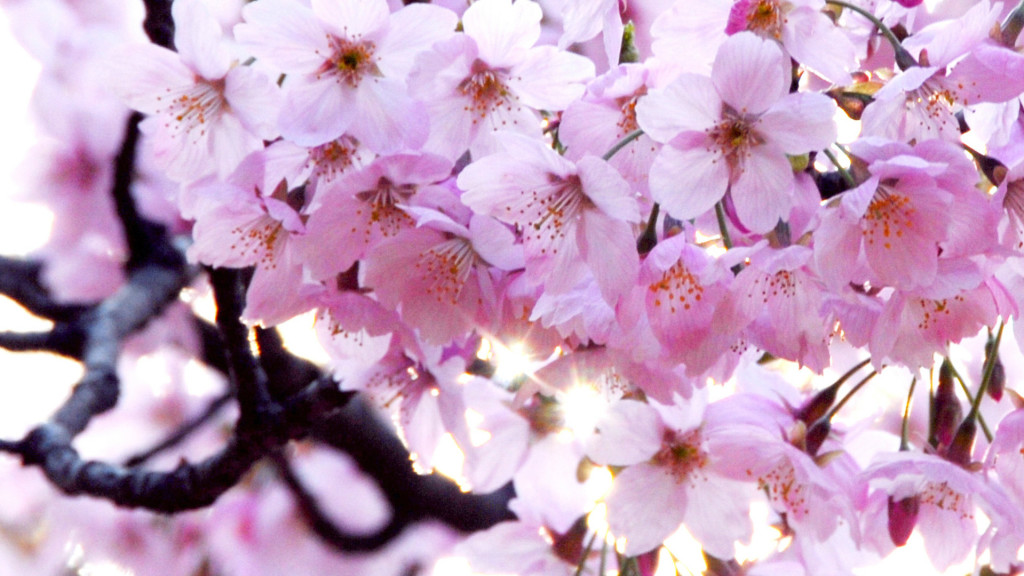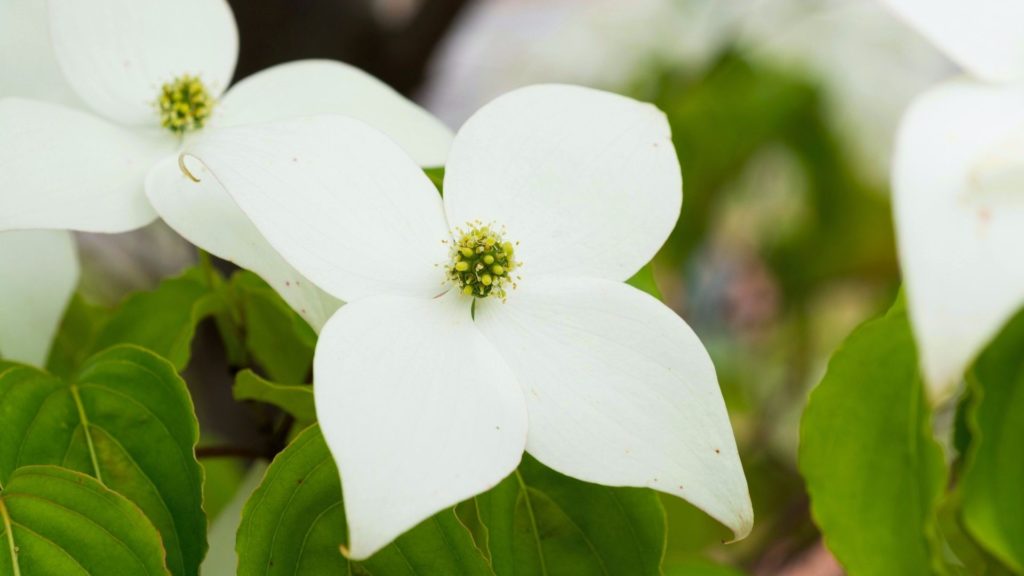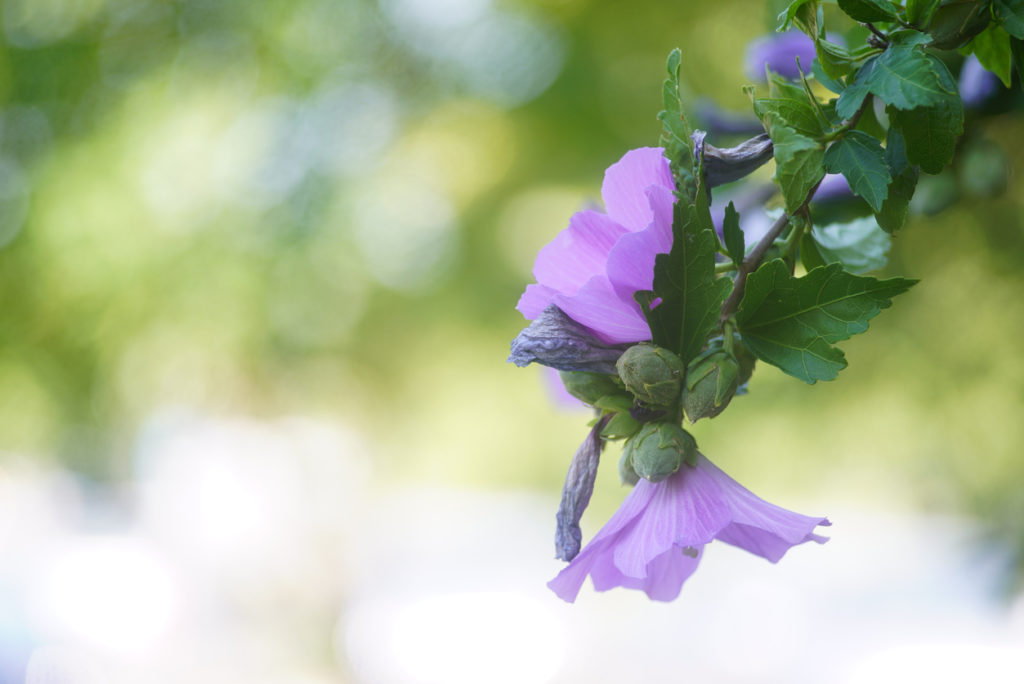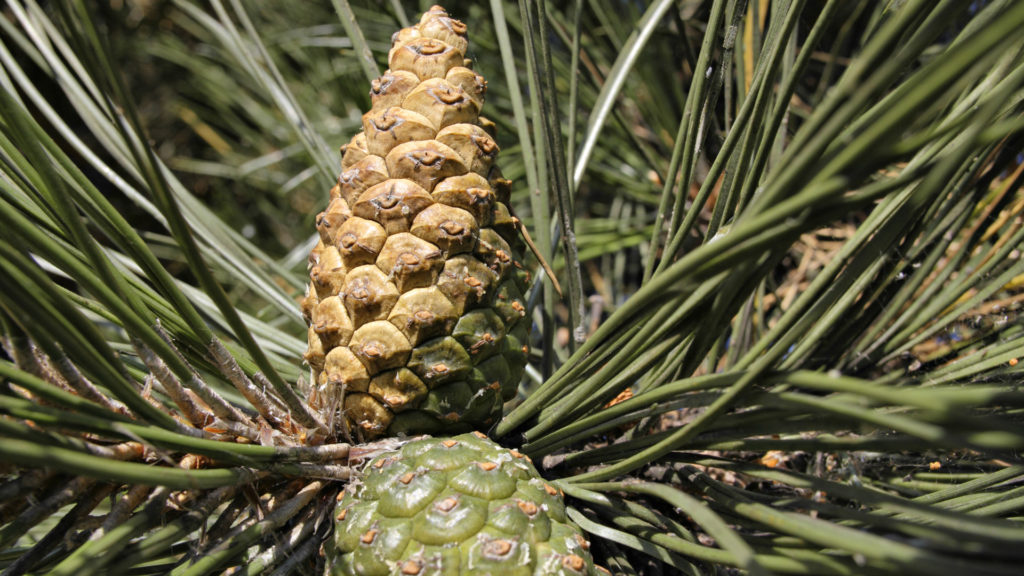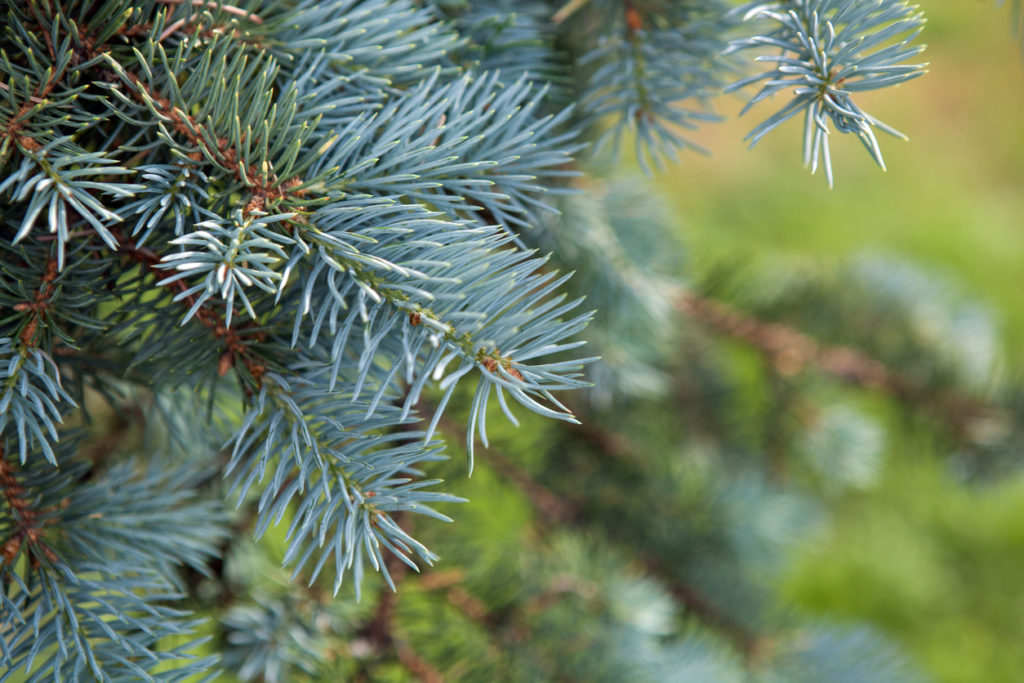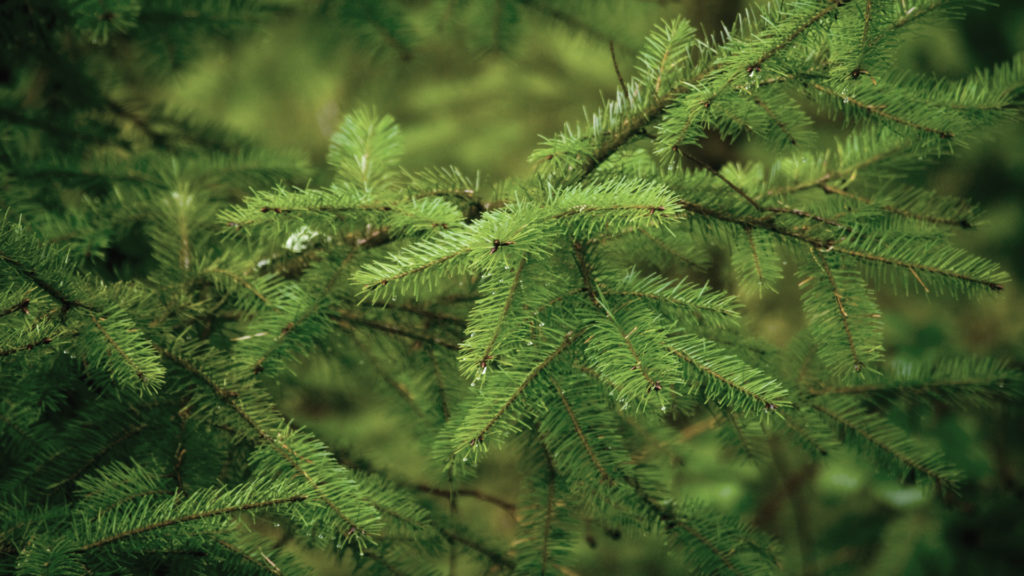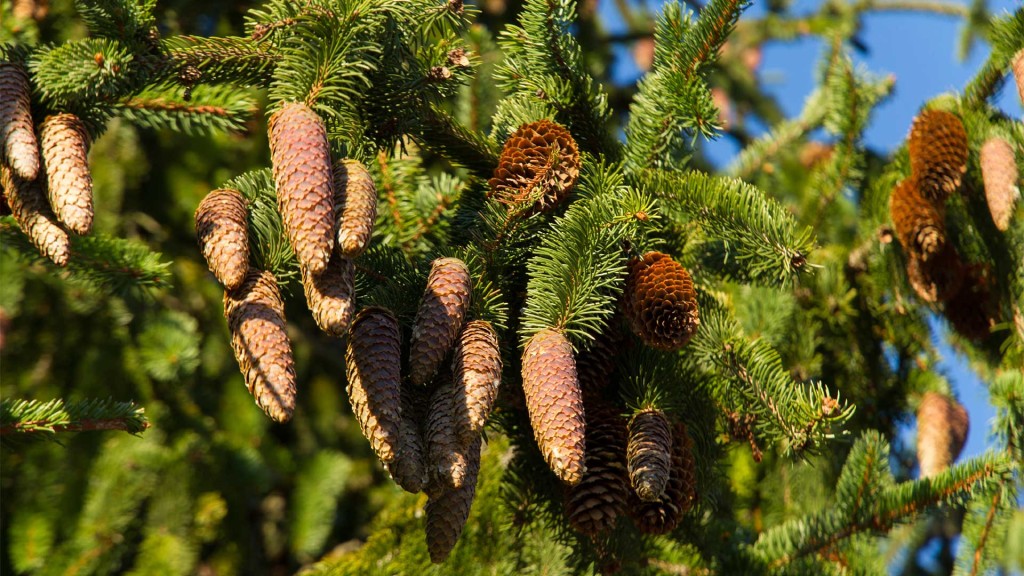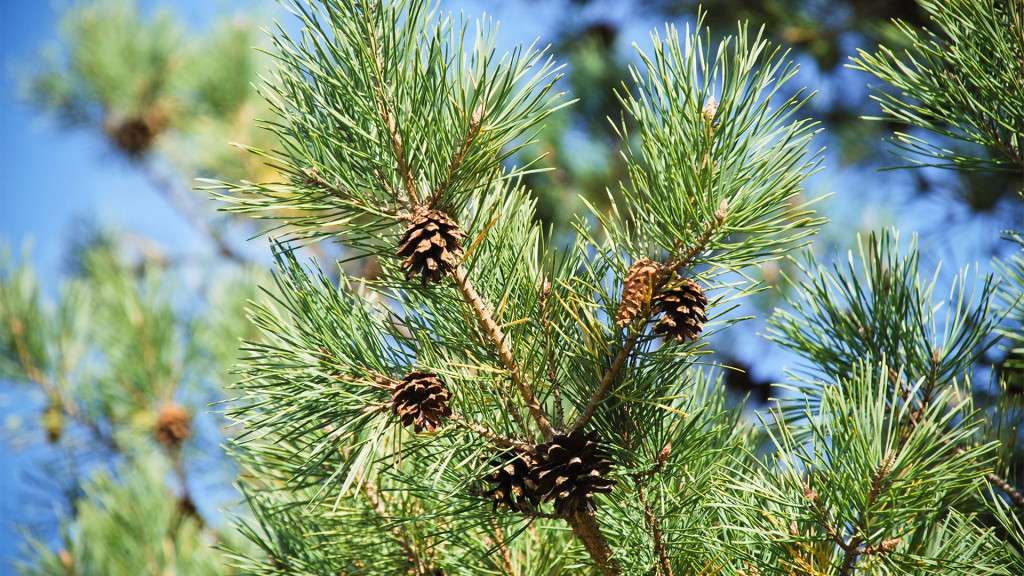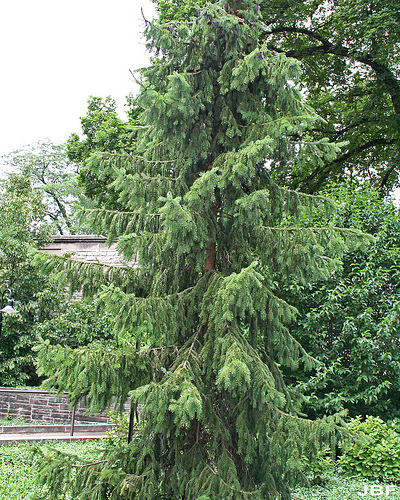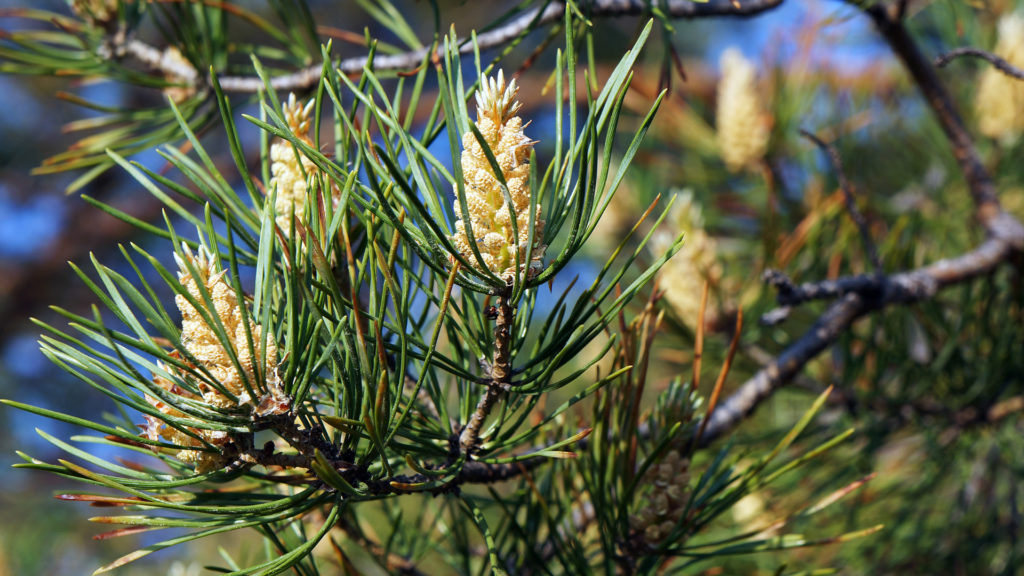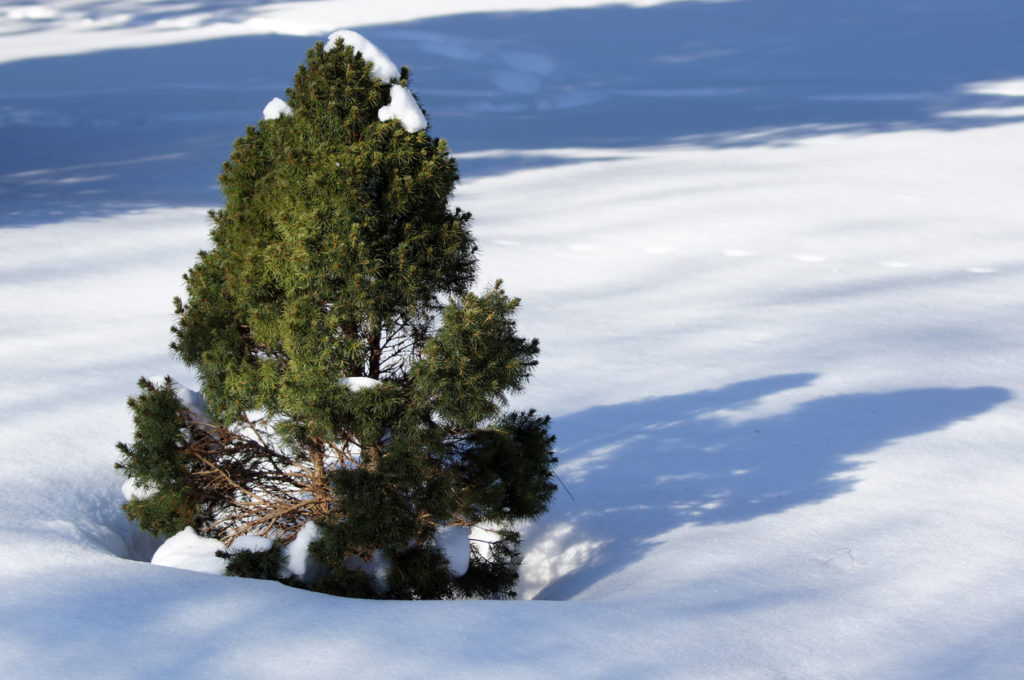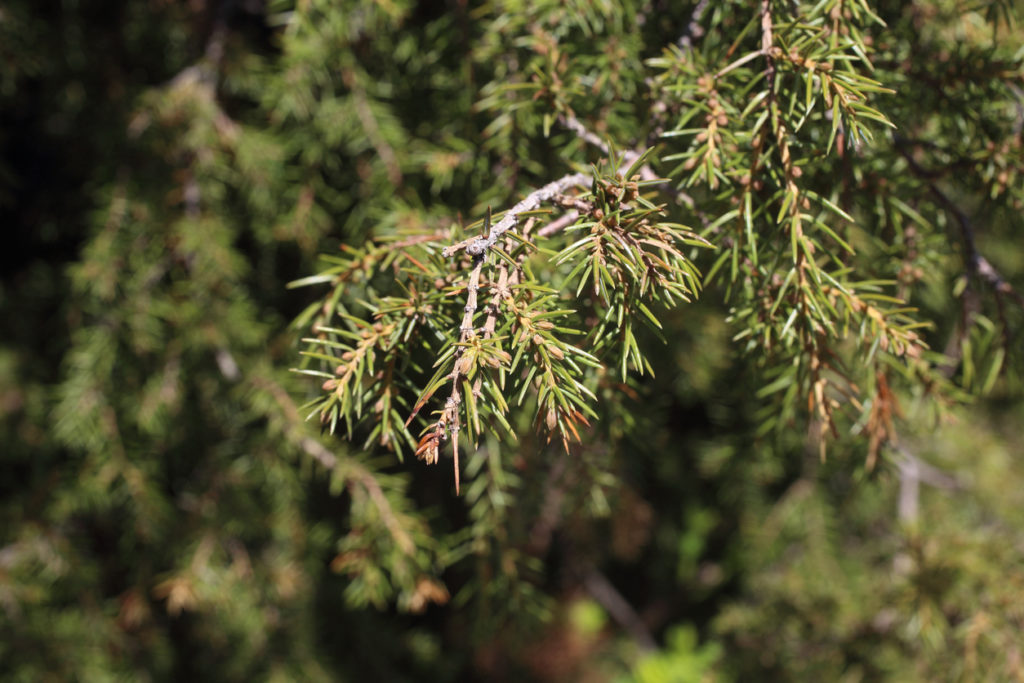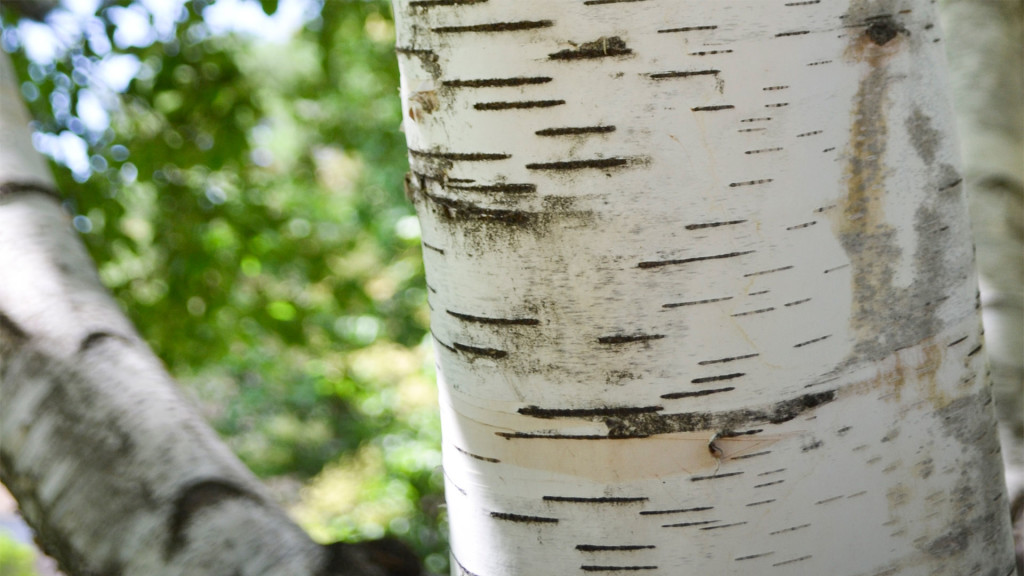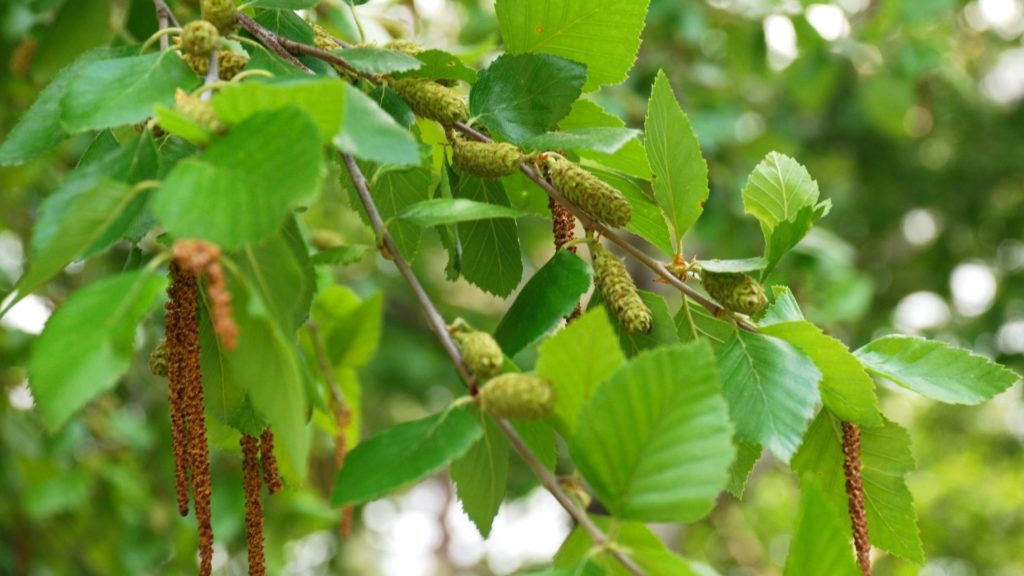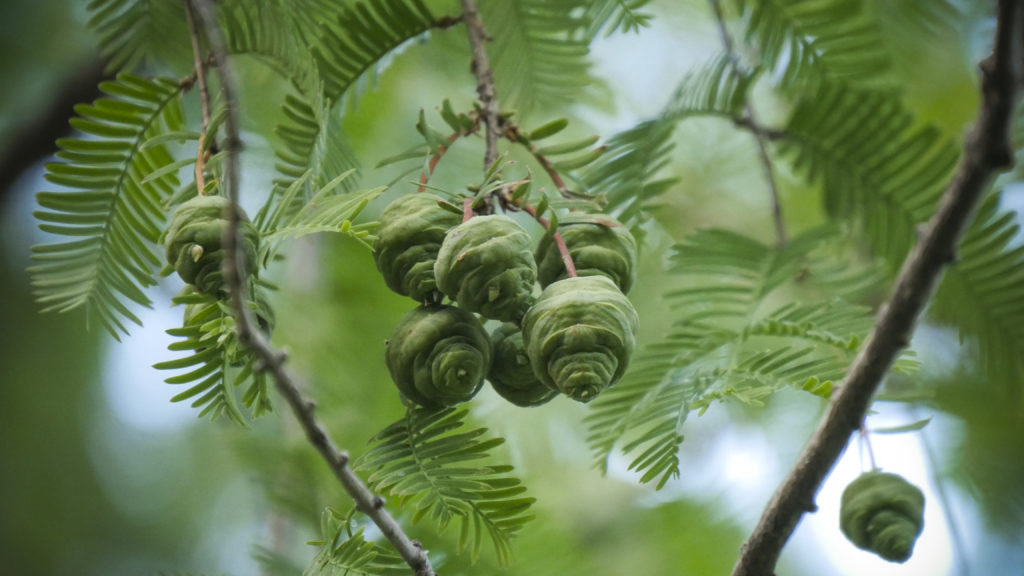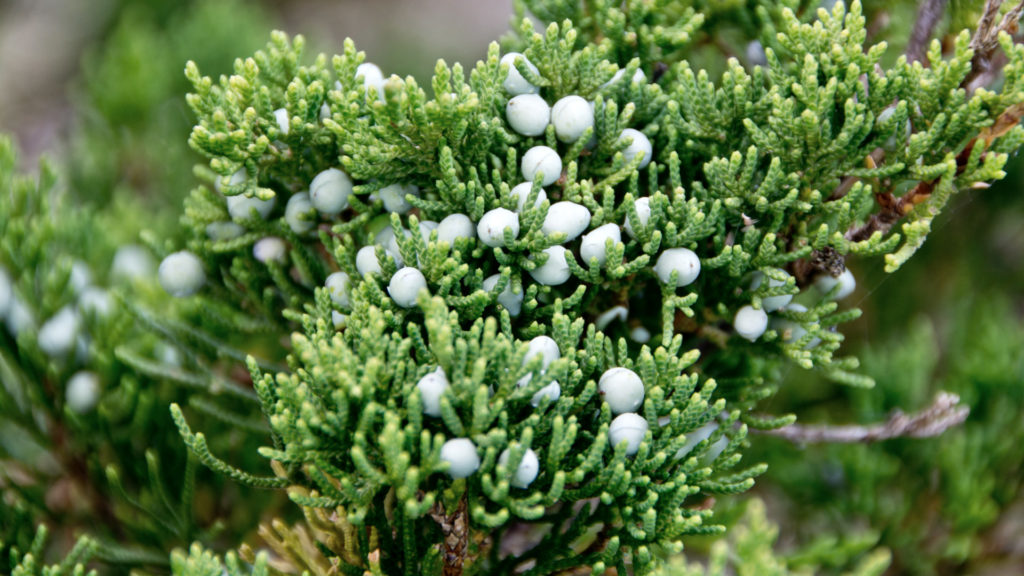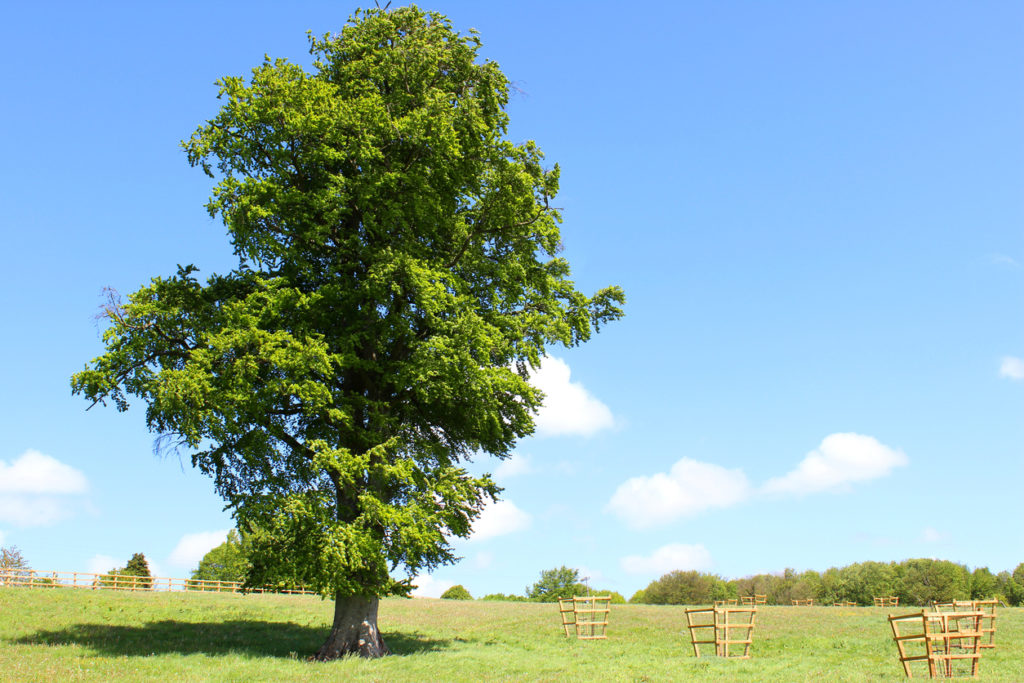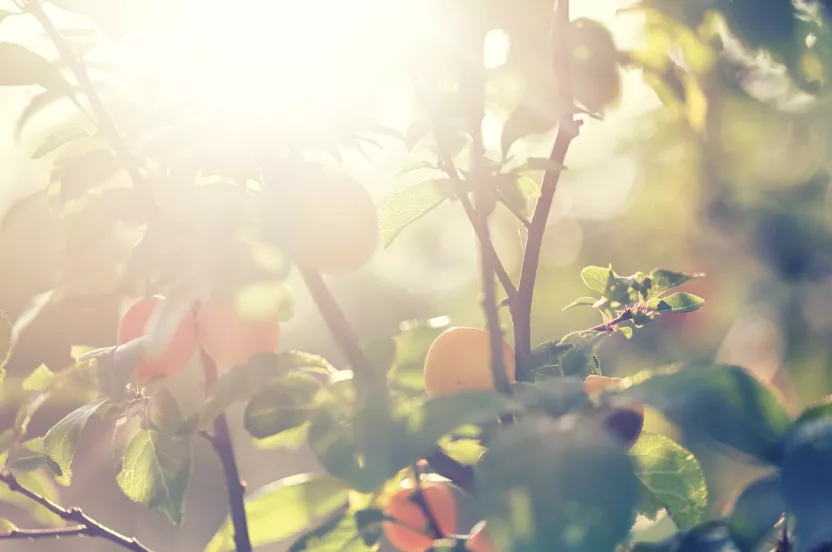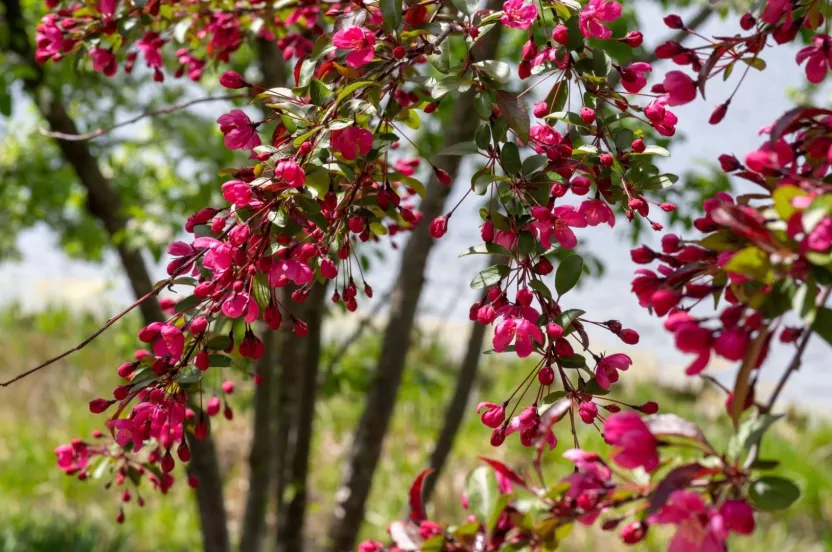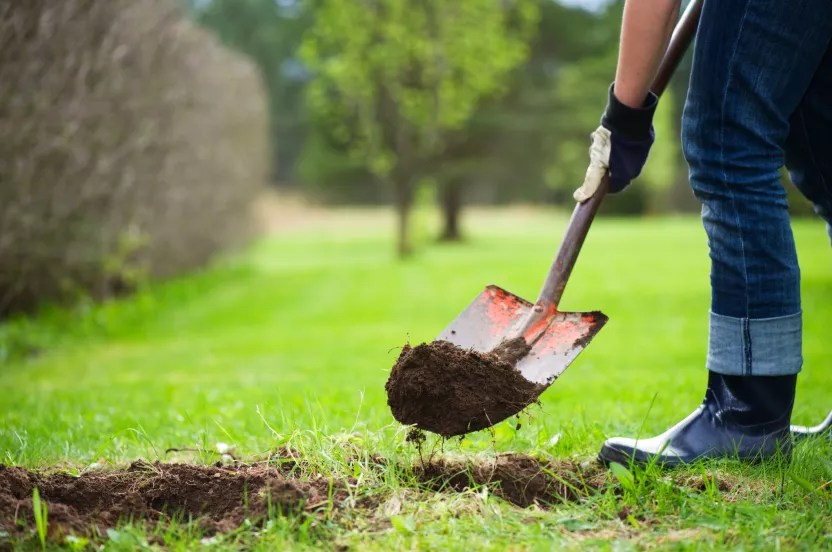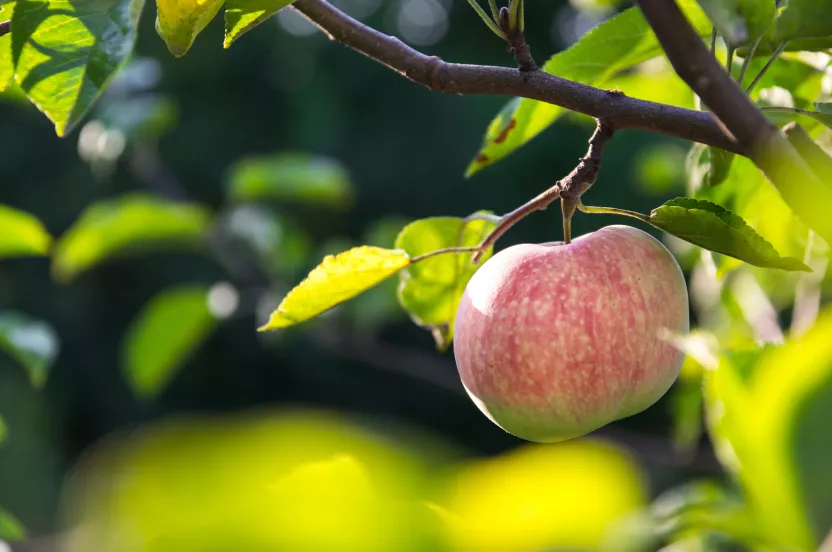The Arbor Day Foundation is pledging 10 million trees to areas impacted by hurricanes Helene, Milton Help us replant
One of the most common culprits for browsing on trees are deer. They love nibbling on fruits and nuts and have no shame leaving their mark. Tree guards, repellants, and fences can be great deterrents to keeping them away and protecting your trees. But at times, the effort of constantly playing defense can get exhausting. Luckily, there are trees and shrubs that provide great shade, look beautiful, and rarely appeal to deer.
These trees and shrubs are sectioned into two categories: rarely damaged and seldom severely damaged and are best for landscapes prone to deer damage.
Rarely damaged: the highest degree of deer resistance a tree can receive.
Seldom Severely Damaged: the second highest degree of deer resistance a tree can receive.
Flowering
Rarely damaged
This shrub adds plenty of seasonal interest to any landscape. Creamy white flowers appear in late spring, bundled into lovely flat-topped clusters. Blue-black berry-like drupes follow the flowers in the summertime, ripening completely in early fall. And as fall marches on, the lustrous dark green leaves take on lovely fall shades of yellow, glossy red or reddish-purple.
Hardiness zones 3-8.
This tree is an all-season beauty. Early in the spring, beautiful white clusters of blooms set it off against the new green of spring. Vivid red- and gold-hued foliage graces the landscape in the fall. And plump red berries are a favorite of birds in summer. The berries are also popular with the human crowd for pies, preserves and fresh eating.
Hardiness zones 4-9.
Seldom severely damaged
The saucer magnolia is a landscape show-stopper. The stunning early spring blossoms have been said to open “like a thousand porcelain goblets,” and lush summertime leaves are dark green and leathery—adding nice contrast to silvery-gray bark. One of the most popular flowering trees in the United States, the saucer magnolia is also widely planted in Europe.
Hardiness zones 4-9.
Spectacular flowers in shades of lilac, light purple, or lavender make this old-time lilac a garden favorite. The long-lasting flower clusters bloom in April or May and are framed with lush green foliage. Their nostalgic fragrance adds to the "coming of spring."
The lilac is an extremely hardy shrub and can be used as an individual specimen plant, informal hedge, shrub border, windbreak or screen.
Hardiness zones 3-7.
An easy-to-grow, fast-growing flowering shrub, the beautybush impresses with a fountain-like spray of pink blossoms befitting its name. Blooming later than many others (from late spring into summer—as far as June in some areas), it’s a perfect landscape piece to keep colorful interest in your yard. Striking deep green foliage continues into summer, then turns reddish for great fall interest.
Hardiness zones 4-8.
The goldenraintree lends grace and charm to the landscape throughout the entire year—rare yellow tree blossoms in the late spring and summer, graceful paper lanterns dangling from the branches in autumn and winter. But this tree is more than just looks. Goldenraintrees are hardy, thriving in the tough urban environment and an astonishingly wide range of soil conditions.
*Note: The Goldenraintree is considered an invasive species and spreads its seeds easily. If you're considering adding this to your landscape, do so with caution.*
Hardiness zones 5-9.
The Yoshino cherry (also known as the Japanese flowering cherry) is the darling of the flowering tree world and the star of such renowned events as the National and International Cherry Blossom Festivals. This stand-out tree is, of course, known for its vibrant display of white-pink blossoms and faint almond fragrance in the springtime. In the summer, this tree will be a highlight in the yard with its oriental branching pattern, glossy bark and dark green leaves.
Hardiness zones 5-8.
Dogwood trees are widely known for their delicate beauty, and the kousa variety adds a toughness that makes this species an excellent choice for home landscapes and urban areas. The tree also makes a visual contribution year-round. In spring, it produces a heavenly array of star-like blooms. In summer, its intriguing canopy of layered branches provides shade and beauty. In autumn, it offers spectacular bright red color. Even in winter, this tree has an appeal all its own with bark that resembles a jigsaw puzzle.
Hardiness zones 5-8.
This hardy hibiscus is an easy-to-grow shrub. It is valued for its tight, upright form and large summer blossoms, adding color to the landscape when few other plants are in bloom. Flowers are trumpet-shaped and come in a variety of colors including white, pink, red, purple and violet.
Hardiness zones 5-9.
Evergreen
Seldom severely damaged
It has been called the toughest of all European pines and, we would add, the hardest working. Well-known horticulturalist, Dr. Carl Whitcomb, said the tree "rivals all pines in durability under adverse conditions." Nowhere has this been put more to the test than in the windbreaks of America.
Hardiness zones 4-7.
One of our most popular ornamental conifers, the Colorado blue spruce (or simply, blue spruce) is a truly magnificent sight. Perhaps Donald Culrose Peattie described it best in A Natural History of Western Trees. "This insistently pretty tree displays its charms of tier on tier of branches graduated in perfect symmetry from the longest boughs that sweep the ground to the slender but strong top."
Hardiness zones 2-7.
Top 5 Evergreens Sold through the Arbor Day Tree Nursery
Botanist-explorer David Douglas—this tree’s namesake—described it as “one of the most striking and truly graceful objects in nature.” Tree expert Michael Dirr heralded it as “one of the noblest forest trees.” To say the Douglasfir is beloved by the tree people of the world is definitely accurate.
Hardiness zones 4-6.
Norway spruce is a familiar sight in much of the United States, but it’s really a tree of Europe. Throughout the globe, this tree has many uses including lumber, pulpwood, Christmas trees and landscape specimen trees. Its dense branching pattern and tolerance of soil variations has also made it a popular tree for windbreaks.
Hardiness zones 3-7.
The Scots pine is a beautiful evergreen that is hardy and adaptable to nearly all climates. It can be used as either a windbreak or a single specimen. This tree is also a popular Christmas tree choice because of its form and ability to hold onto its needles for an extended period. Because of its reseeding capabilities, the Scots pine is often used for reclamation sites.
Hardiness zones 3-7.
Noted horticulturist Michael Dirr referred to the Serbian Spruce as “one of the most graceful and beautiful spruces.” And once you see its thin, arching branches and slender, straight trunk, you’ll understand why. But this tree is much more than a pretty face, with sturdy branches and tolerance of most urban conditions.
Hardiness zones 4-7.
The eastern white pine has played a very important role throughout the history of America. In colonial days, the best of the trees were set apart by the king for masts on British ships. As the nation grew, the lumber of white pines built our homes and businesses.
Hardiness zones 3-8.
This tree has often been heralded as a beautiful tree, whether lining the banks of a North Country river or gracing someone’s front yard. But the white spruce is more than just a pretty face. Commercially it, it is a mainstay of the pulp and paper industry and well-used for construction lumber. In landscape, it is a lovely specimen tree or grouping, a sturdy option for windbreaks and buffer strips, and serves as a great visual screen.
Hardiness zones 2-6.
This trailing beauty has superb coloring. The featherlike evergreen foliage is bright silvery-green in the warmer months, taking on a purplish or bronze tinge as the weather gets colder. The Youngstown juniper works well for rock gardens, foundation plantings, retaining wall edges and erosion control.
Hardiness zones 3-9.
Shade
Rarely damaged
Beauty and romance may be the first images many people associate with the gleaming white paper birch. But this symbol of the North Country—and state tree of New Hampshire—has earned its place in history as a continuously useful tree that has served North Americans since the earliest days of human activity.
Hardiness zones 2-7.
As its name suggests, the river birch naturally grows along river banks. But as a landscape tree, it can be planted almost anywhere in the U.S. The species is valued for its relatively rapid growth, tolerance of wetness and some drought, unique curling bark, spreading limbs and relative resistance to birch borer.
Hardiness zones 4-9.
Seldom severely damaged
This is an impressive tree by any standard. The dawn redwood is relatively carefree and also fast growing, with one specimen in Virginia having reached 120 feet in 30 years! While the tree’s natural range is an area of only about 232 square miles in China, it has been planted successfully around the world.
Hardiness zones 5-8.
The eastern redcedar tree is a common sight throughout most of the plains states and eastern United States on road cuts, in fence rows and scattered across abandoned fields—especially where limestone soils are present. It is an aromatic tree, with reddish wood giving off the scent of cedar chests and crushed fruit providing a whiff of the gin they once flavored.
Thanks to its tolerance of heat, salt, a wide range of soils and other adverse conditions, the eastern redcedar can be put to good use on the farm in windbreaks and in city landscapes for hedges, screens, clumps or even as specimen trees.
Hardiness zones 2-9.
The European beech has been described by many experts as the finest specimen tree available. Tree expert Michael Dirr hales it as “so beautiful that it overwhelms one at first glance.”
If you have the space for it, the European beech will provide you with unmatched year-round beauty—shimmering green leaves unfurling in the spring, dense shade in the summer, striking autumn foliage and a pleasing winter silhouette.
Hardiness zones 4-7.
This captivating, native North American tree is known for its brilliant display of autumn foliage and aromatic smell. The unique leaves have a unique mitten (right- and left-handed) or three-lobe shape and turn enchanting shades of yellow, deep orange, scarlet and purple in the fall.
Hardiness zones 4-9.

